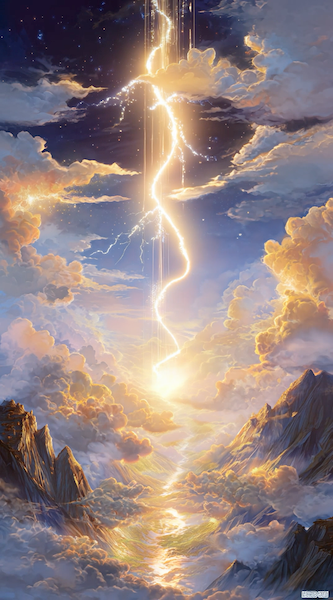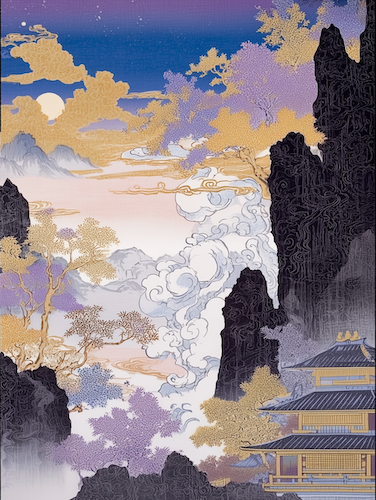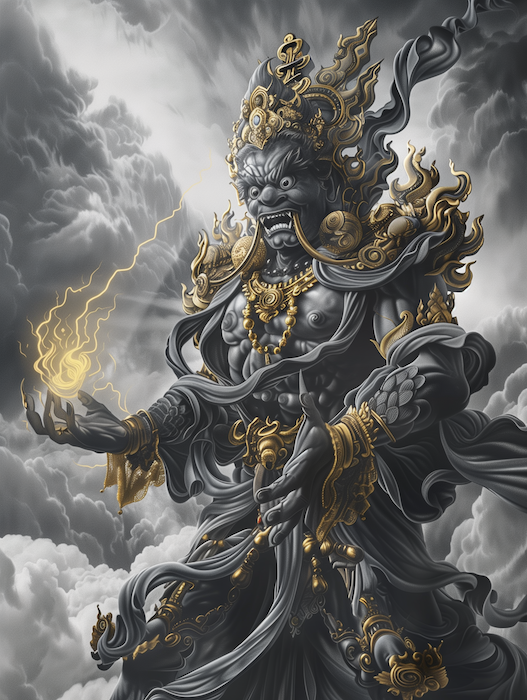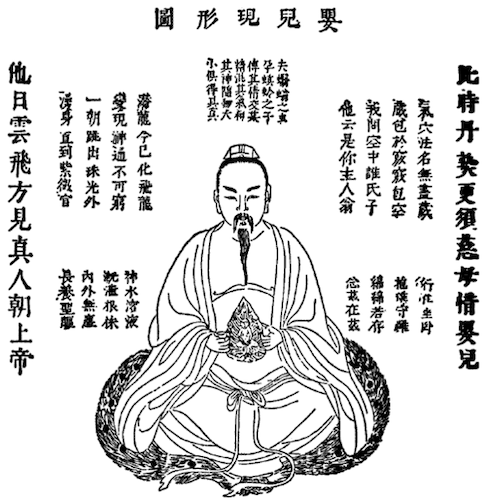Daoism
-
Fagong 发功: Significance and Historical Evidence
Fagong 发功, the skill of emitting qi, is a diverse topic as it actually has quite a long history in China, there are many types of qi emission, and there are various reasons why this skill might be something to pursue. Historical Evidence of Qi Emission Qi emission, or faqi 发气, can be a controversial subject and, for the most part, in China has been taboo to demonstrate or speak of too publicly since well before the internet was around. So although it is something that exists among neigong adepts in China, you won’t find demonstrations or much about it on Chinese internet or social media. Interestingly, records of qi…
-
Five Types of Daoist Immortals
How you cultivate determines your results. Everyone dies, but not everyone dies the same way. There are five levels of Daoist Immortality and it’s important for a practitioner to understand what they are and what type of practices correspond to each so that they can properly align their practice with their goals. This remains relevant because it speaks to the importance of proper practice, the difference between qigong practice and neidan, and distinguishes practices that can lead to spiritual development from those that can at best lead to health and longevity. Throughout history many famous Daoist masters categorized levels of attainment, related them to certain modes of practice, and criticized…
-
Bioelectricity and the Modern Understanding of the Body’s Natural “Energetic” Intelligence
Classical Chinese views of health and the human body focus on the flows of qi 气 throughout the body’s meridians and between organ systems. Daoists had various “symbolic visions” of the body which could sometimes exist simultaneously and overlap. For example, one could metaphorically view the body as a microcosmic landscape, or in another, as “an administrative system that parallels the bureaucratic systems of the state and of the heavens.”1 Today, it is common to think of the qi that constitutes and animates the “body universe” as a sort of “energy.” Qi can not be fully reduced to bio-electromagnetism, but I think there is little doubt that the latter accounts…
-
Bai Jiguan – The Daoist Wuyi Cliff Tea
My favorite type of teas to drink in the colder parts of the year are Wuyi Rock (Cliff) Oolongs (we are talking true tea here, i.e. the camellia sinensis plant, not herbal teas). From the Wuyi Mountain area of Fujian, China, these are legendary oolongs known for their rich, smooth roasted flavors that come about due to the charcoal roasting process that they go through. The tea gardens are nestled amongst the cliffs of the Wuyi mountains, hence the name. The soil that the tea plants grow in is pristine and rich in minerals. The cha qi 茶气 (energetic property of the tea) of Wuyi Rock teas is easily experienced…
-
Winter Solstice is an Optimal Time for Stillness
“The winter solstice marks the beginning of the return of Yang; a thunderclap shakes the sky” Dongzhi yi yang lai fu shi, pili yisheng zhendong tian. 冬至一阳来复始,霹雳一声震动天。 ~ Zhang Sanfeng’s Meditation Song 三丰打坐歌说 The winter solstice (dong zhi 冬至) marks a special point in the year: The days will start to get longer again, the sun will start to get stronger. Yin Qi has peaked and will now start to decline. Yang Qi will begin to emerge and grow. Neigong and neidan practice are concerned with accumulating Yang Qi in the body. This is considered an excellent time to practice stillness-based practices such as meditation (both specifically on the winter…
-
The Microcosmic Orbit
Below is a brief exploration of the Microcosmic Orbit, also known as the Small Heavenly Orbit. We will touch on its significance, history, key features, as well as different types of Microcosmic orbits and associated practices, and how it is used in different modes of practice (i.e. qigong/neigong vs dandao/neidan). This is not meant to be exhaustive and only briefly touches on some key points with a few instances of specific examples. The video form of this post can be found at the bottom of the page. The Microcosmic Orbit is the flow of Qi around the loop created by the Ren and Du meridians, but what is the significance…
-
Laoshan Daoshi 崂山道士 and Virtue 德 as Foundation
Laoshan Daoshi 崂山道士 is a fun short film from China done in the puppet animation style. It originally comes from a collection of folktales called Strange Stories from a Chinese Studio 聊斋志异, written by Pusong Ling 蒲松龄. It tells the tale of Wang Qi 王七, a poor scholar who becomes obsessed with a book about Daoist immortals. He even has the wish to seek out a Daoist master on Mount Lao 崂山 in order to learn how to train to become like the immortals in his book, although his wife thinks the idea is silly (probably a scenario that hits close to home for many friends of mine 🙂). In…
-
Vajrapani: the Protector of Shaolin
Vajrapani is a deity with special significance for Shaolin Temple who is rich with symbolism. Could he also represent the skill of electric-like qi emission? As discussed below, this idea may not be too much of a stretch. Vajrapani is the patron Bodhisattva and protector deity of Shaolin Temple. In Chinese he is called Jingang Shou Pusa (金刚手菩萨), literally, “holder of the vajra.” The vajra is both a symbolic ritual object and a weapon, and could be translated from Sanskrit as either “thunderbolt” or “diamond.” Vajrapani is a deity that is not only seen as a protector and source of strength, but also represents some of the most interesting juxtapositions…
-
What is the difference between Qigong 气功, Neigong 内功, and Neidan 内丹?
Summary: We should be wary of narrow definitions of these terms applied broadly as they can refer to many things and can often overlap or be interchangeable in many contexts. “Neigong” and “Qigong” are basically synonymous and are umbrella terms for a wide range of energetic practices that cultivate the “post-heaven” qi 氣 (houtian zhi qi 后天之气) of the body. From what I have seen, these two terms seem to be treated synonymously in many, if not most, Chinese internal arts circles, although Western internal arts circles are increasingly distinguishing them in specific ways. Neidan differs in that it is a specific (yet still vast) genre of practice that seeks to…
-
Understanding Qi
Summary: Qi is the fundamental stuff of existence according to classical Chinese thought. It is the living, flowing, transforming substratum of existence encompassing everything from matter to energy to consciousness and more. It needs to be understood within the context of classical Chinese thought and should not be cut-and-pasted out from its native philosophical system into other systems of thought lest it simply become some sort of misunderstood “magical energy.” The Three Treasures (Jing, Qi, and Shen) are important concepts for understanding the body in relation to Chinese internal arts practices. While they are all ultimately just Qi (and the whole of the human body-mind is ultimately also just Qi),…









